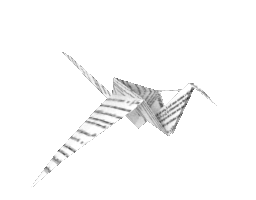Papers authored by Thierry Darmanin

Refreshing results…














Janwa El-Maiss,
Thierry Darmanin  ,
Elisabeth Taffin De Givenchy,
Sonia Amigoni,
Julian Eastoe,
Masanobu Sagisaka,
Frédéric Guittard
,
Elisabeth Taffin De Givenchy,
Sonia Amigoni,
Julian Eastoe,
Masanobu Sagisaka,
Frédéric Guittard  Download from www.researchgate.net
Download from www.researchgate.net
 ,
Elisabeth Taffin De Givenchy,
Sonia Amigoni,
Julian Eastoe,
Masanobu Sagisaka,
Frédéric Guittard
,
Elisabeth Taffin De Givenchy,
Sonia Amigoni,
Julian Eastoe,
Masanobu Sagisaka,
Frédéric Guittard  Download from www.researchgate.net
Download from www.researchgate.net




Jeanne Tarrade,
Thierry Darmanin  ,
Elisabeth Taffin de Givenchy,
Frédéric Guittard
,
Elisabeth Taffin de Givenchy,
Frédéric Guittard  ,
Dominique Debarnot,
Fabienne Poncin-Epaillard
,
Dominique Debarnot,
Fabienne Poncin-Epaillard 
 ,
Elisabeth Taffin de Givenchy,
Frédéric Guittard
,
Elisabeth Taffin de Givenchy,
Frédéric Guittard  ,
Dominique Debarnot,
Fabienne Poncin-Epaillard
,
Dominique Debarnot,
Fabienne Poncin-Epaillard 
Texturation and superhydrophobicity of polyethylene terephthalate thanks to plasma technology
Download from www.researchgate.net
Missing publications? Search for publications with a matching author name.